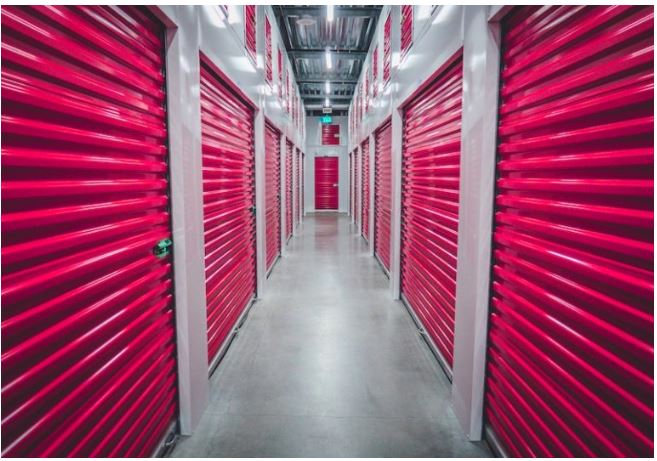Self-storage has long exemplified its resilience and right now is no different. The industry is considered by experts a solid investment, and one that retains its value, even when faced with economic variability.
The industry is doing better than ever. But like the rest of the industrial market, there aren’t enough existing facilities in Illinois to satisfy the steadily increasing demand, though with the number of projects under construction in both in and outside of larger metros like Chicago, the imbalance should be remedied soon.
What makes it so highly demanded? It comes down to a few things, according to Steven Weinstock, First Vice President / Regional Manager / National Director, Self-Storage Division and Land and Redevelopment Division at Marcus & Millichap.
It is first important to separate self-storage facilities into two categories: nonclimate controlled and climate-controlled. Nonclimate controlled are traditional, single-story buildings, only separated from outside by the units’ garage-like doors. Climate-controlled facilities, by opposition, are enclosed and preferable in that users don’t have to worry about goods being ruined from exposure to excessive heat or rain fluctuations.
Individuals are the primary users of self-storage, utilizing space to not only preserve items they don’t use, but to store seasonal items, like kayaks and skis, that must remain accessible without occupying space in the home. In settings where living space is extra tight (Chicago, for example) people also utilize a climate-controlled space as an extended closet, swapping out clothing every few months.
Businesses, like Amazon and FedEx, also rent space as general extended storage, as well as storage for inventory on a case-by-case basis.
Because storage units are rented on a month-to-month basis, rents can be adjusted quickly, as is the case with hotels and multifamily buildings — just one of the reasons for their gradual, but steady recovery. And users? Weinstock said they prefer the comparatively low monthly price to the costly alternative of renting a bigger home, especially in today’s inflationary market.
“The ongoing increases in the cost of housing makes the decision to externally store an easier one,” Weinstock said. “Most users would rather pay $60 per month for a 5×10 unit, as opposed to $250 per square foot for additional space in a condo or apartment. The choice can be rationalized from both a financial perspective and one of convenience, with the number of facilities both urban and suburban.”
Self-storage has also advanced in terms of technology, and most newly constructed facilities include perks like online signup, contactless/keyless entry and advanced security.
The industry continues to display its resiliency throughout uncertain times and it has proven somewhat recession-proof given today’s market rates. Despite the low supply caused by the pause in development the last few years, developers have hit the ground running and there are many facilities scheduled for and currently being constructed throughout Illinois and the rest of the U.S., though this will impact prices.
“The pandemic changed the nature of self storage,” Weinstock explained. “More people are seeing it as a favorable alternative and the new technology makes it easy to use.”




